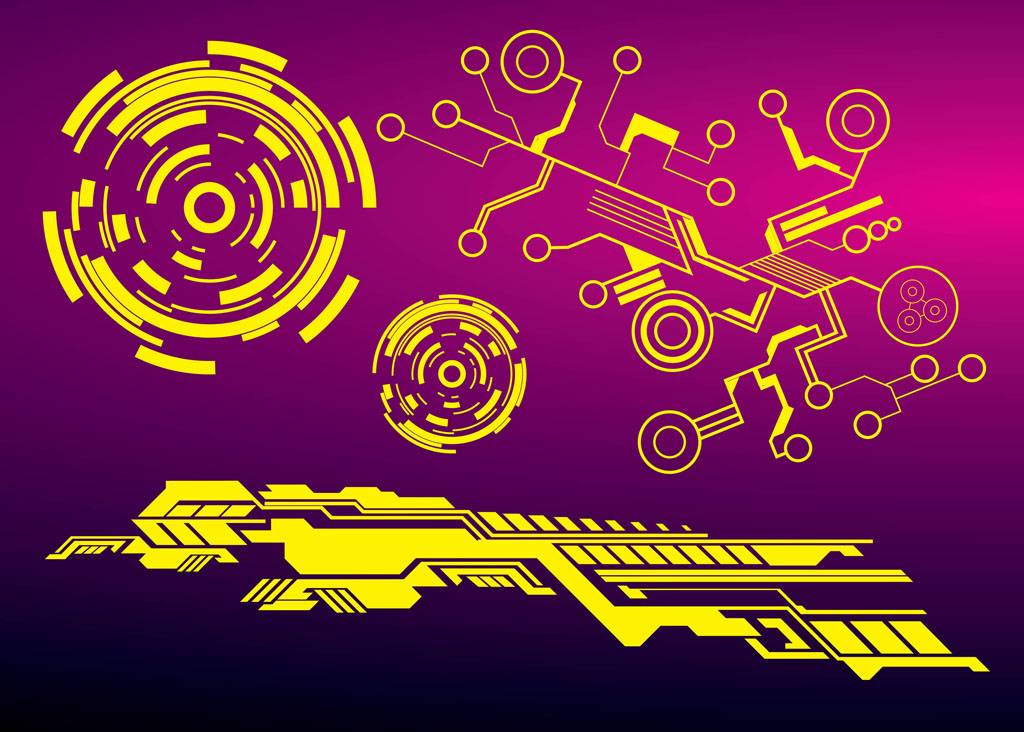Technology Graphic In the rapidly evolving landscape of technology, the fusion of Future Technology Graphic is set to usher in an era of unprecedented innovation and transformation. This visionary concept represents a paradigm shift in how we perceive and interact with digital information. In this article, we will embark on a journey to explore the potential and implications of Future Technology Graphic, unlocking its capabilities and envisioning a world where transparency becomes paramount.
A Glimpse into the Future
Imagine a world where the lines between reality and digital interfaces blur seamlessly. This is the future that Future Technology Graphic promises to deliver. It goes beyond conventional displays and interfaces, introducing a level of transparency that redefines our engagement with technology.
Graphic Transparency: A Multifaceted Vision
The convergence of Future Technology Graphic encapsulates a multitude of dimensions, each contributing to its multifaceted nature:
- Visual Augmentation: The fusion of digital information with the physical world enables real-time data overlays on objects and environments. This empowers users with enhanced situational awareness and interactive experiences.
- Data Visualization: Complex datasets are transformed into visually intuitive representations. Future Technology Graphic enables the transparent presentation of intricate data, fostering deeper insights and informed decision-making.
- Augmented Reality (AR): AR experiences become an integral part of our daily lives, seamlessly integrating digital content into the physical world. From navigation to education, AR applications abound, enhancing both productivity and engagement.
- Transparency in Communication: The way we communicate undergoes a profound shift. Future Technology Graphic allows for transparent, real-time language translation, transcending language barriers and fostering global connectivity.
Technological Foundations
Understanding the mechanics of Future Technology Graphic necessitates a glimpse into the foundational technologies that make it all possible:
1. Advanced Sensors
Sensors play a pivotal role in bridging the physical and digital realms. They capture real-world data and facilitate its seamless integration into digital interfaces. These sensors include everything from depth cameras to environmental sensors that monitor our surroundings.
2. Artificial Intelligence (AI)
AI algorithms are the driving force behind Future Technology Graphic. They process data from various sources, recognize patterns, and generate real-time insights. Machine learning models enable predictive and responsive actions, making technology more intuitive than ever.
3. Holographic Displays
Holographic displays, a cornerstone of Future Technology Graphic, project digital content onto the physical world. These displays offer an immersive experience by creating 3D visuals that interact with the environment.
4. Blockchain for Transparency
The underlying trust in Future Technology Graphic is established through blockchain technology. It ensures the security and integrity of data, providing users with confidence that the digital information they interact with is accurate and unaltered.
Applications Across Industries
The impact of Future Technology Graphic extends across a multitude of industries, each benefiting from its unique capabilities:
Healthcare
In healthcare, Future Technology Graphic revolutionizes medical imaging, enabling surgeons to overlay 3D medical scans onto the patient’s body during surgery. This enhances precision and reduces the risk of errors.
Education
Education experiences become more immersive with Future Technology Graphic. Students can explore historical events in 3D, dissect virtual organisms, and embark on virtual field trips, transcending traditional classroom boundaries.
Manufacturing and Design
In the realm of manufacturing and design, engineers and architects collaborate in real time through holographic models, accelerating the design and prototyping processes while reducing costs.
Retail and Commerce
Retailers leverage Future Technology Graphic to offer interactive shopping experiences. Customers can virtually try on clothing, visualize home furnishings in their living spaces, and make informed purchase decisions.
Challenges and Considerations
While the prospects of Future Technology Graphic are thrilling, several challenges and considerations must be addressed:
- Privacy Concerns: The transparent overlay of digital information raises concerns about privacy. Safeguarding personal and sensitive data becomes paramount.
- User Experience Design: Creating intuitive and user-friendly interfaces in a world of Future Technology Graphic demands new design principles and guidelines to ensure seamless interactions.
- Energy Efficiency: The computational demands of real-time data processing and rendering require energy-efficient solutions to mitigate environmental impacts.
- Regulatory Frameworks: As Future Technology Graphic blurs the boundaries between physical and digital, regulatory frameworks need to adapt to address new challenges related to safety, security, and ethics.
The Future Beckons
As we peer into the future shaped the possibilities appear limitless:
- Telemedicine Revolution: Medical professionals worldwide collaborate in real time through holographic displays, performing surgeries across continents with unprecedented precision.
- Education Without Borders: Students embark on virtual learning journeys, exploring historical events, scientific phenomena, and artistic masterpieces in immersive 3D environments.
- Inclusive Communication: Transparent language translation enables seamless communication across languages, fostering global unity and understanding.
- Sustainable Cities: Urban planning becomes data-driven and transparent, optimizing resource allocation and sustainability efforts.
Conclusion
Represents a transformative vision of the future, where transparency is not just a buzzword but a fundamental aspect of our digital interactions. As technology continues to advance, the integration of digital information into our physical world will shape the way we work, learn, communicate, and explore. It is a future that invites us to embrace the transparent possibilities and challenges, ensuring that our journey into this new era is marked by innovation, responsibility, and inclusivity.

